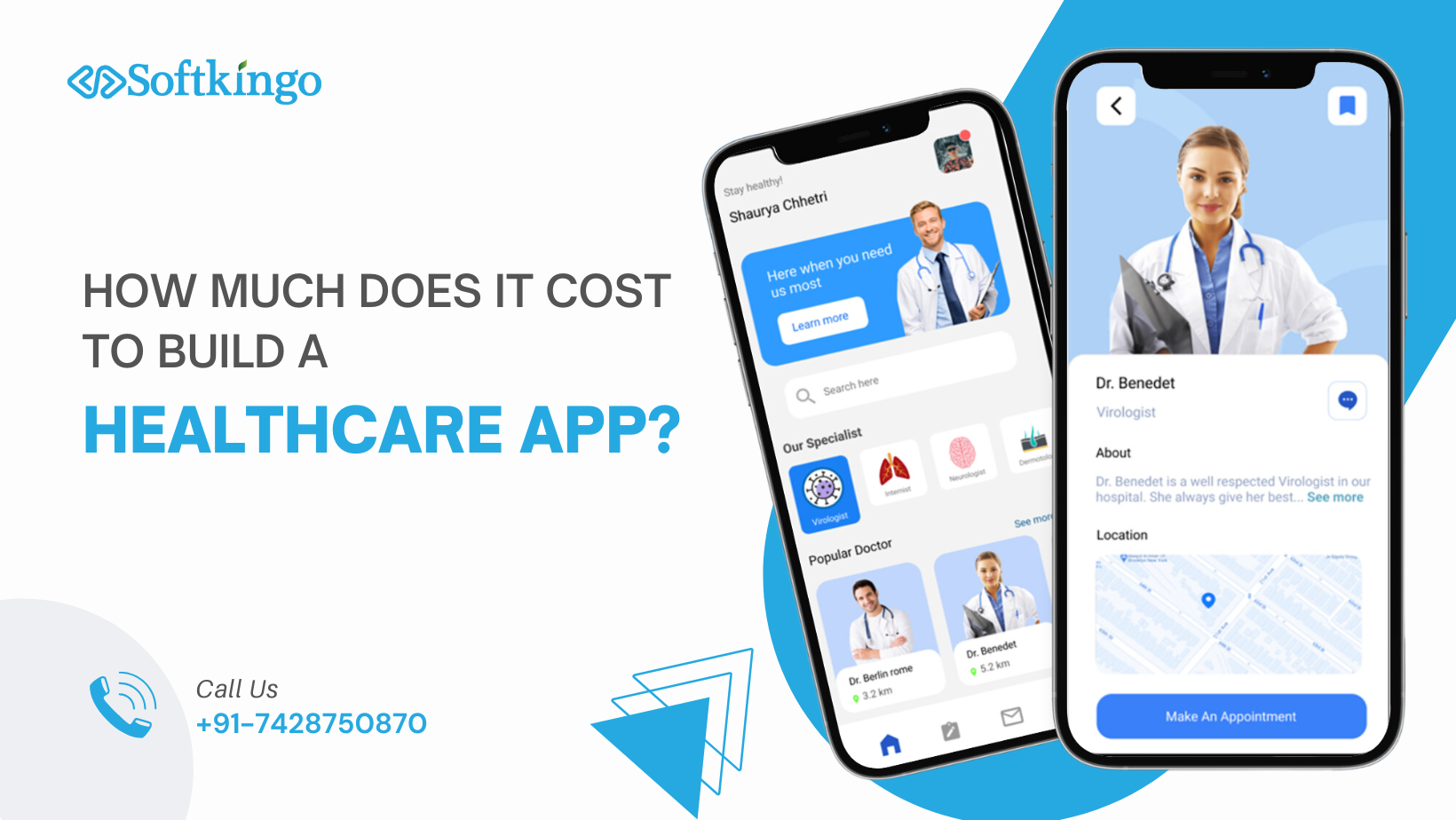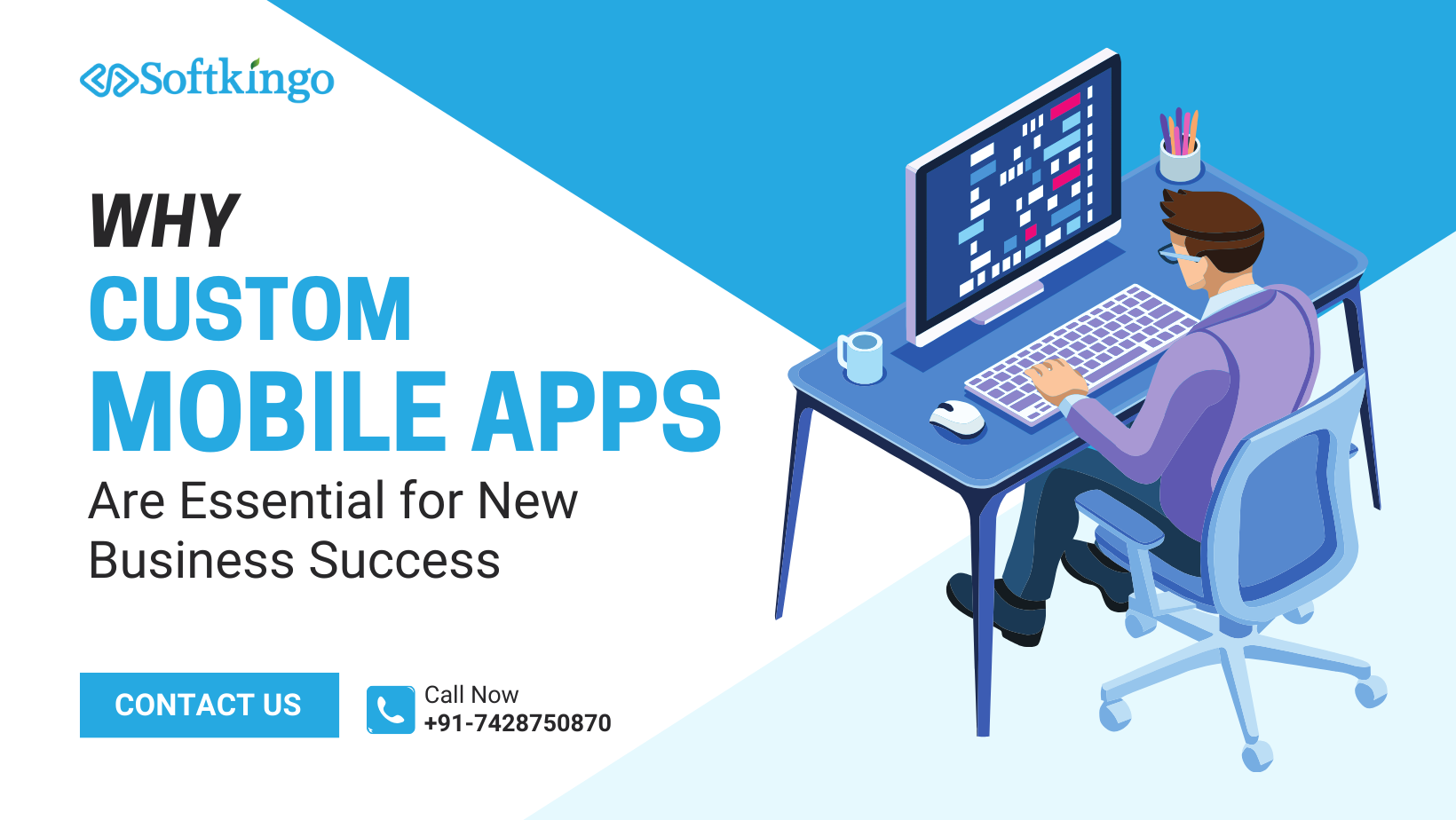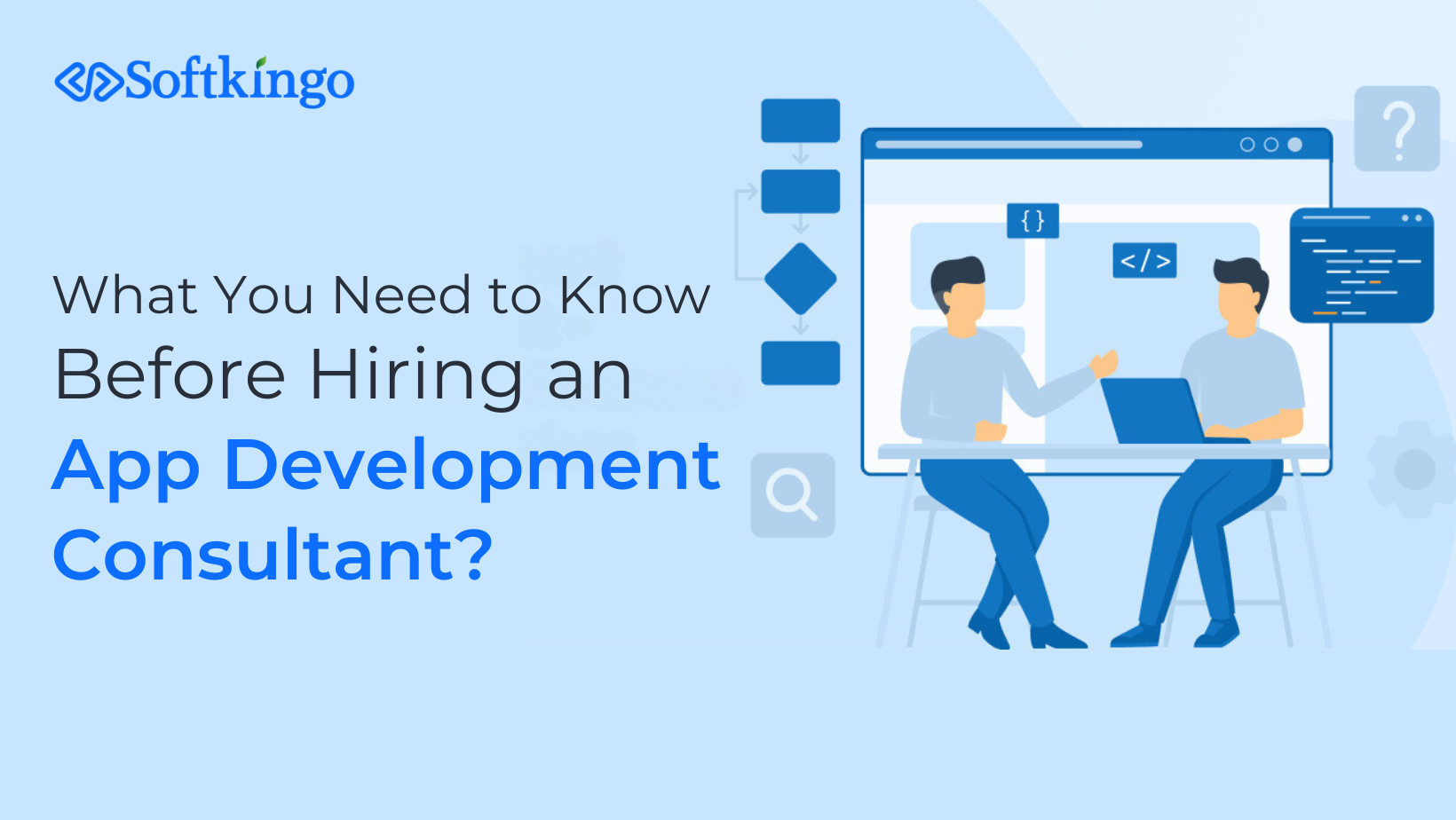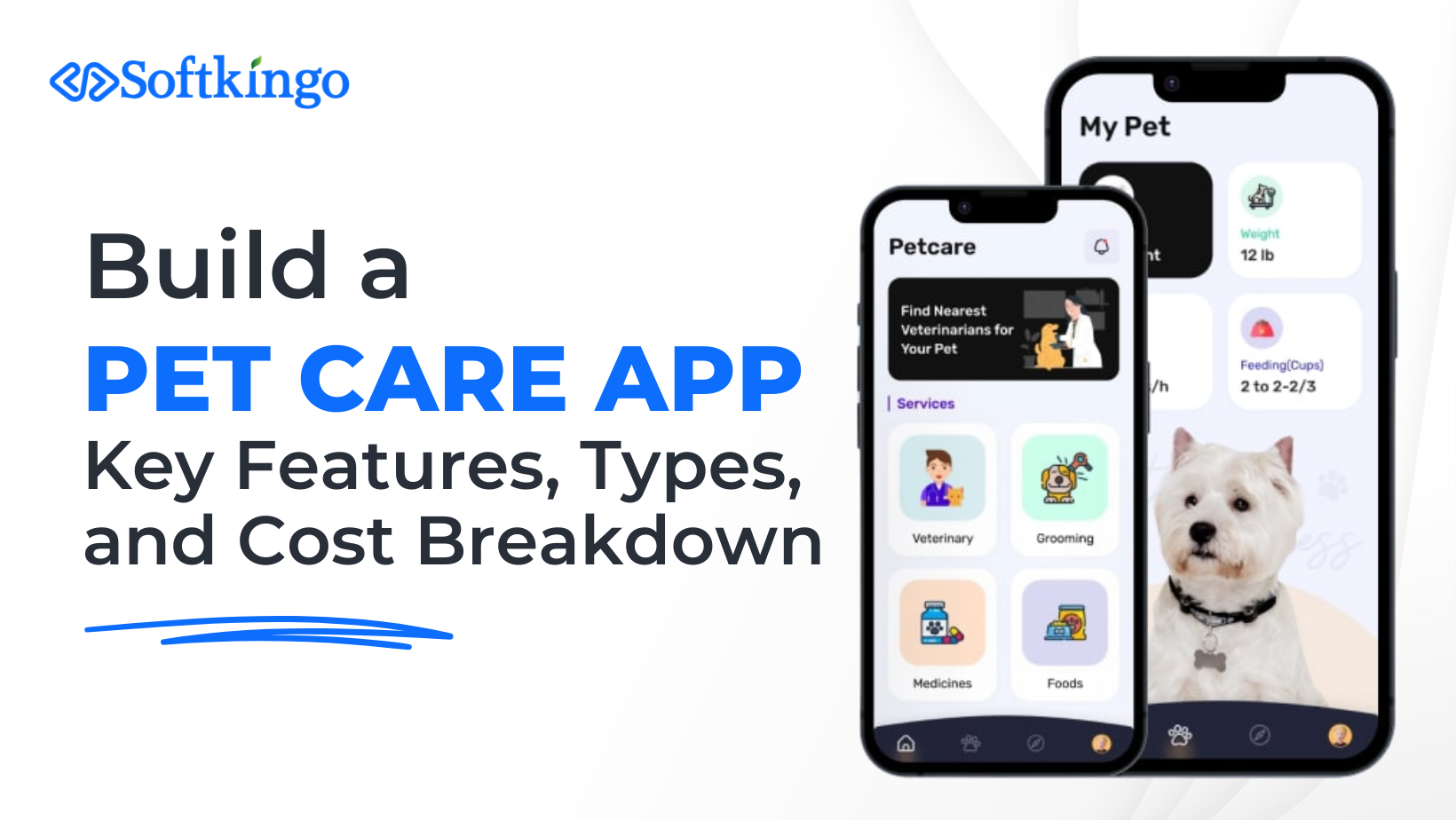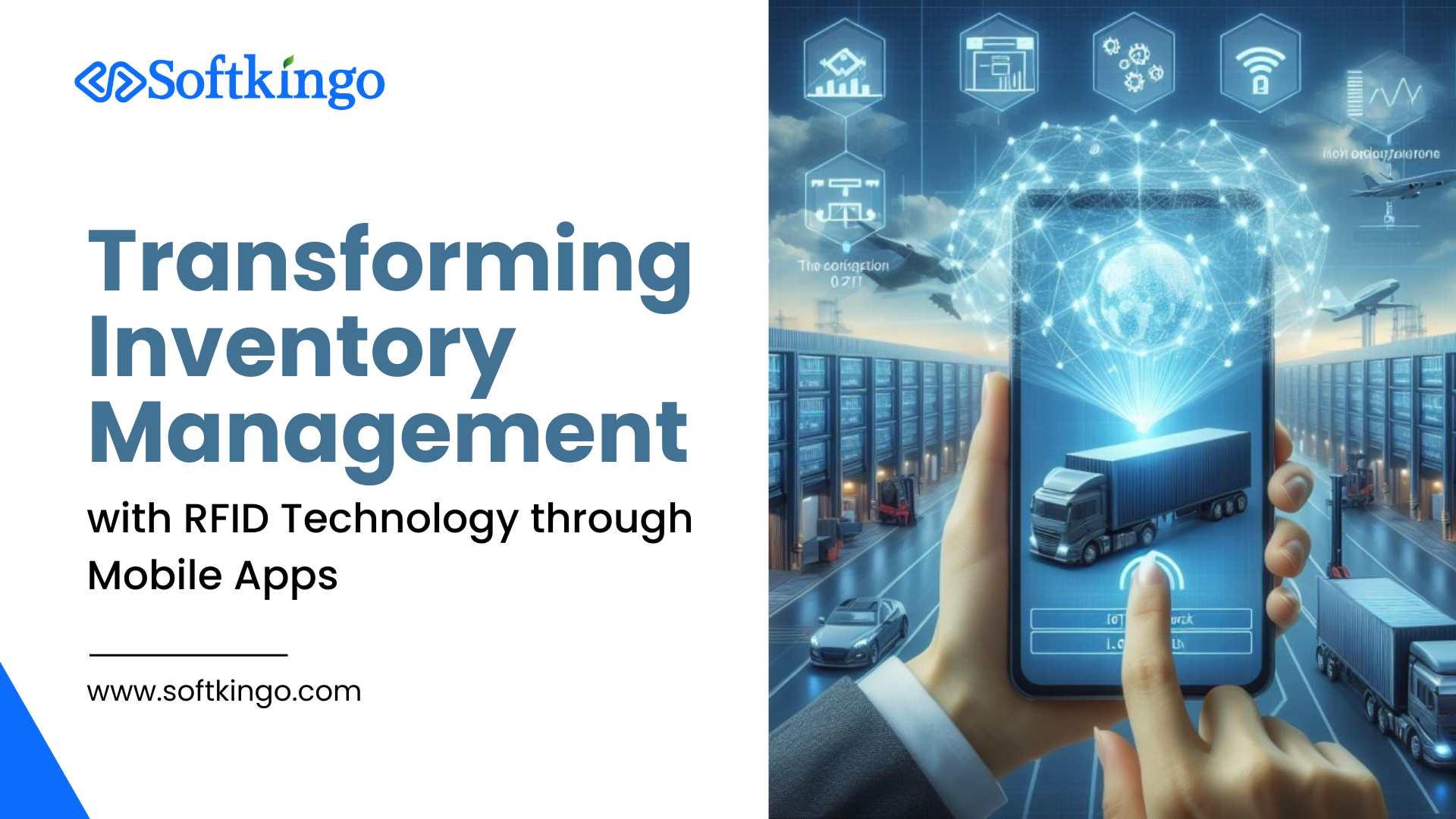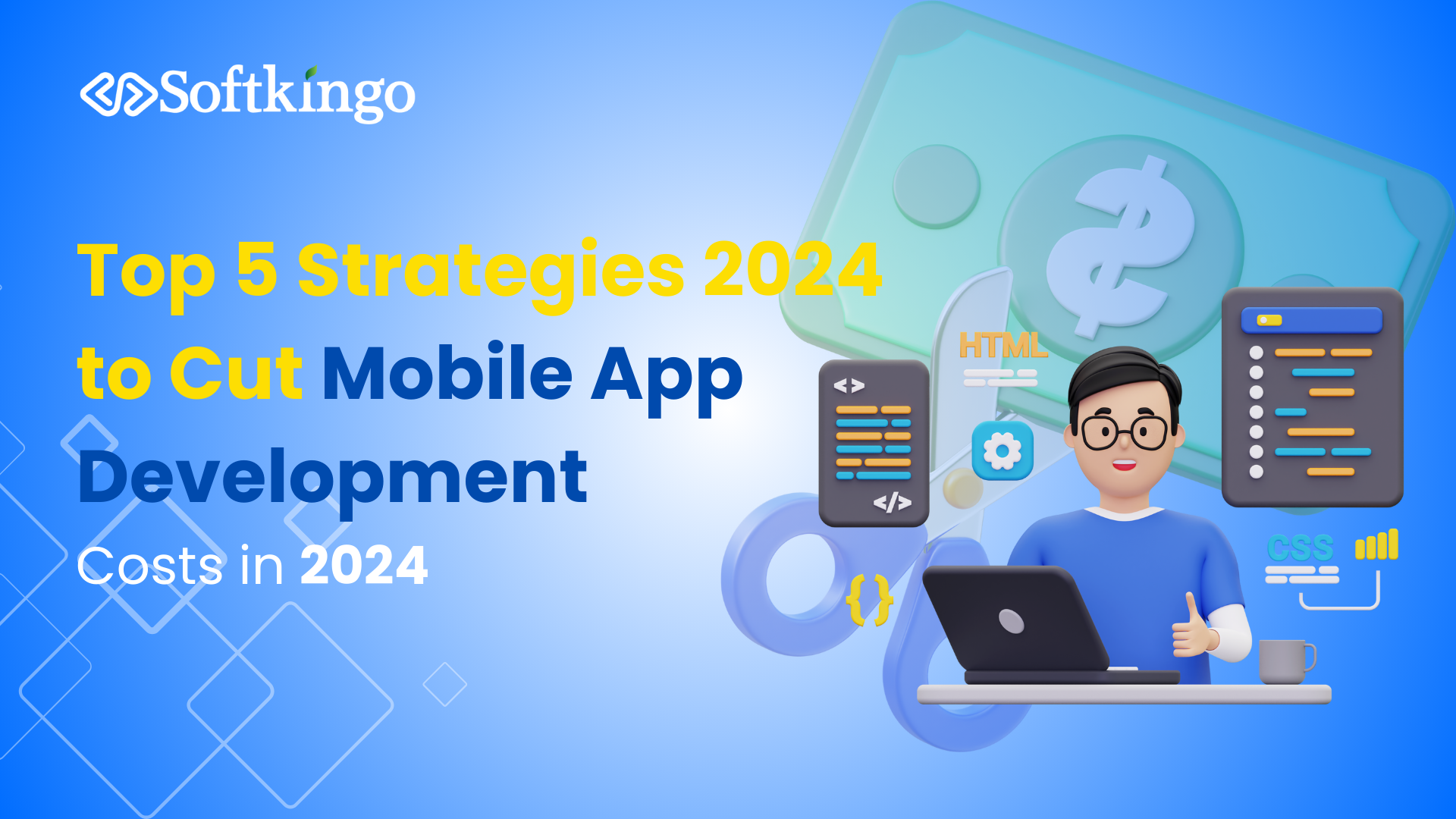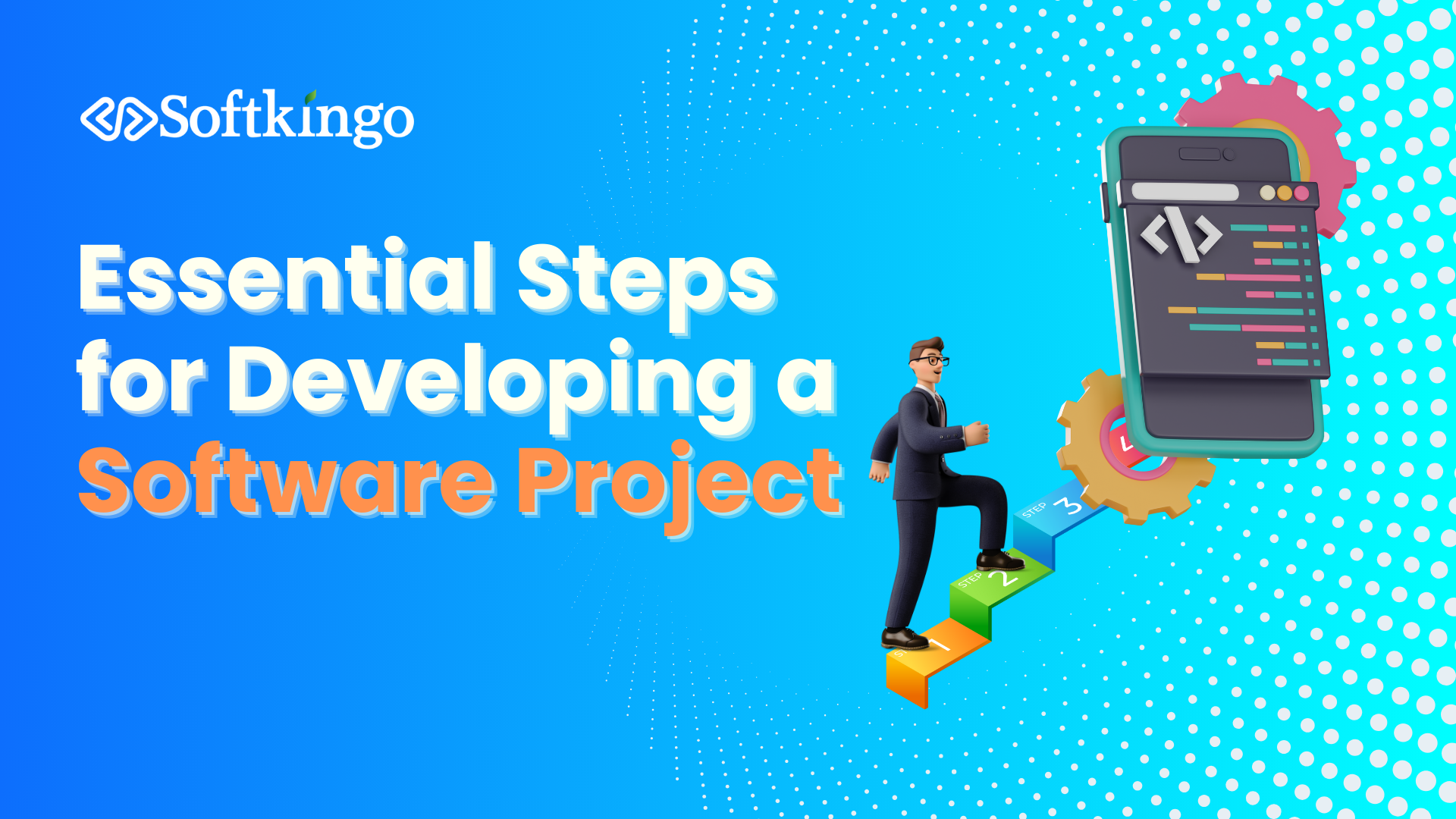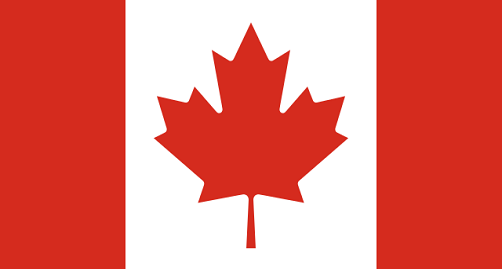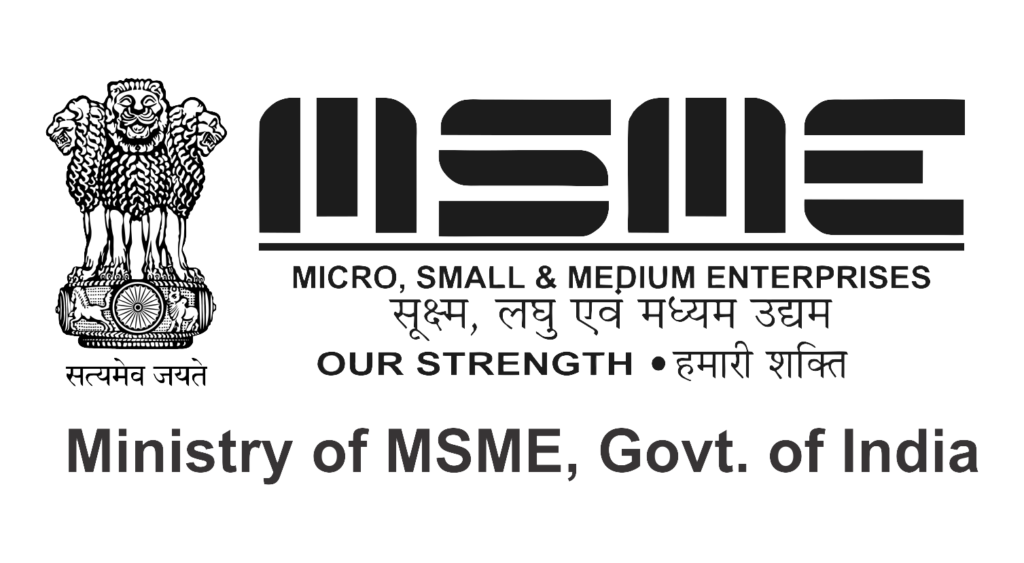What Is the Cost of Developing an App Like Hinge Dating App?
Developing a dating app like Hinge comes with a variety of cost factors that influence the final price. The cost ranges from $20,000 to $170,000, depending on the scope and complexity of the project.
Are you considering creating your own Hinge dating platform but unsure about the expenses involved? You’re in the right place! This guide provides a comprehensive breakdown of the factors that determine the cost of developing a dating app similar to Hinge.
At Softkingo, we specialize in crafting high-quality mobile applications tailored to your business needs. We provide transparent pricing, top-notch features, and consultation to bring your vision to life. For instance, Softkingo offers a Hinge app starting at $15,000, complete with secure transactions, user-friendly interfaces, and cutting-edge features.
What Affects the Cost of Building a Hinge App?
The total cost of building a dating app like Hinge depends on the app’s complexity, design elements, feature sets, and development platforms. Here’s a quick overview of the key stages involved in app development, along with their estimated costs:
1. Research and Planning
The initial phase includes competitor analysis, market research, and project planning.
Estimated cost: $1,000 – $2,000
2. UI/UX Design
A visually appealing and intuitive design is essential to capture user attention. The number of screens, design complexity, and iterations influence the cost.
Estimated cost: $2,000 – $3,000
3. Frontend Development
Converting designs into functional code for the app’s frontend requires development expertise.
Estimated cost: $2,500 – $3,000
4. Backend Development
This involves setting up servers, databases, and APIs for user profiles, matching algorithms, and messaging features.
Estimated cost: $700 – $2,000
5. Quality Assurance and Testing
Testing ensures the app runs smoothly across different devices and platforms.
Estimated cost: $500 – $3,500
6. Deployment and Launch
This phase includes app store submissions, fees, and marketing efforts.
Estimated cost: $2,000 – $4,000
7. Maintenance and Updates
Regular updates and maintenance are crucial for smooth performance and user satisfaction.
Estimated cost: $500 – $1,000 per month
Essential Features of a Hinge-Like Dating App
To create a competitive dating app like Hinge, incorporating essential features that provide a seamless and engaging user experience is critical. Below is a detailed breakdown of the must-have features that can elevate your dating app, ensuring it attracts and retains users.
1. User Profile Customization
One of the most important features of a dating app is allowing users to create personalized profiles. This feature enables users to express themselves through detailed profile information, including personal details, photos, hobbies, interests, and preferences.
- Key Features:
- Profile fields for basic information (name, age, gender, location).
- Option to add hobbies, relationship goals, and personal prompts.
- Upload multiple photos and videos.
- Integration with social media accounts (optional).
Customizable profiles increase the chances of compatibility by allowing users to showcase their personalities authentically.
2. Advanced Matching Algorithms
Matching algorithms are the backbone of any dating app. The more refined and sophisticated the algorithm, the higher the chance of users finding meaningful connections.
- Key Features:
- Analyze user data, preferences, and interactions to suggest potential matches.
- Take factors like personality traits, common interests, and location into account.
- Offer advanced filters for users to search for specific criteria (age, location, etc.).
A robust matching algorithm enhances the app’s success by connecting users with compatible partners, improving overall engagement.
3. Interactive User Interface
A smooth, visually appealing, and interactive user interface is essential for keeping users engaged. This feature allows users to browse profiles, like or pass on potential matches, and navigate the app effortlessly.
- Key Features:
- Intuitive design with easy-to-navigate buttons.
- Swipe gestures for liking or skipping profiles.
- Clean and responsive design for both mobile and web platforms.
An interactive UI not only enhances user engagement but also ensures a pleasant and memorable experience.
4. In-App Chat Functionality
In-app chat allows users to interact with each other seamlessly without leaving the platform. A real-time messaging system is essential to building connections between matches.
- Key Features:
- Real-time messaging between matched users.
- Option to send text, emojis, GIFs, images, and even voice notes.
- Read receipts and typing indicators for more interactive communication.
Effective chat functionality can significantly enhance user retention, providing an effortless communication method.
5. Privacy and Security Measures
User safety and privacy are paramount in dating apps. Implementing strong privacy features builds trust and ensures a secure environment for users.
- Key Features:
- Profile verification (email, phone number, or social media verification).
- Two-factor authentication for added security.
- Encryption for chat messages and personal information.
- Reporting and blocking features for inappropriate behavior.
Implementing these security measures helps to create a safe and reliable dating platform where users can feel secure.
6. Personalized Recommendations
Personalized recommendations based on a user’s behavior, interests, and previous interactions keep the app engaging and relevant to users. The algorithm continually learns and adapts to provide better match suggestions.
- Key Features:
- Tailored match suggestions based on past swipes, messages, and profile views.
- Notifications for new compatible users joining the app.
By offering personalized suggestions, your app will provide a more customized user experience, increasing engagement and user satisfaction.
7. Social Media Integration
Allowing users to integrate their social media profiles (e.g., Facebook, Instagram) helps streamline the registration process and provides richer user profiles.
- Key Features:
- Option to sign up and log in using social media accounts.
- Import profile photos and basic information directly from social media.
- Option to share posts or photos from social media on dating profiles.
Social media integration simplifies user onboarding and ensures an enhanced experience by leveraging users’ existing social media networks.
8. Feedback and Reporting Mechanism
A feedback and reporting system helps maintain a positive community atmosphere by allowing users to report inappropriate behavior, fake profiles, or app issues.
- Key Features:
- In-app reporting options for harassment, offensive content, or fake accounts.
- Prompt moderation and removal of flagged content.
- User feedback for app improvement and new feature requests.
How Hinge Dating Apps Work
A Hinge Dating app allows users to register, create profiles, and engage with matches via swiping or other interaction mechanisms. It also offers advanced algorithms for personalized recommendations and includes safety measures for user verification. Premium features like unlimited swipes or advanced filters can help monetize the app.
1. Market Research & Conceptualization
The first step to building a dating app is conducting thorough market research. Understanding your target audience, competitors, and market trends is essential for defining the concept of your app.
- Key Actions:
- Analyze competitor apps (like Hinge, Tinder, Bumble) to identify strengths, weaknesses, and gaps in the market.
- Define your unique selling proposition (USP) – what will set your app apart? Focus on niche markets or innovative features.
- Conduct surveys or interviews to gather insights on user preferences, pain points, and desired features.
- Create user personas and define your target demographics (age group, location, interests).
A solid concept and understanding of the market will lay the foundation for your app’s development, ensuring it meets users’ needs and stands out in the competitive dating landscape.
2. Design & User Experience (UX/UI)
The design of your app plays a crucial role in user engagement. A smooth, intuitive, and attractive user interface (UI), along with a user-friendly experience (UX), will ensure users can navigate the app effortlessly.
- Key Actions:
- Wireframe the app’s core structure, visualizing the user flow and main screens (profile setup, browsing matches, chat interface).
- Prioritize simplicity and ease of use, making navigation seamless.
- Design visually appealing elements that align with modern dating app trends while reflecting your unique brand identity.
- Ensure responsiveness across multiple devices and screen sizes (iOS, Android, tablets).
- Focus on accessibility, making the app usable for all audiences, including those with disabilities.
A well-thought-out design ensures users feel comfortable and engaged while using the app, contributing to its long-term success.
3. Feature Development & Innovation
Building a Hinge-like dating app means developing essential features while also introducing innovative elements that cater to modern users’ preferences.
- Key Features to Develop:
- User Profile Creation: Fields for name, age, location, interests, profile prompts, and photos.
- Matching Algorithm: Incorporate data-driven matching based on preferences, interests, and user activity.
- Swipe or Like Mechanism: Provide an intuitive way for users to express interest in potential matches.
- In-App Messaging: Real-time chat functionality with support for text, GIFs, images, and voice notes.
- Push Notifications: Alerts for matches, messages, and app activity.
- Privacy & Security Features: Profile verification, two-factor authentication, reporting/blocking options.
- Innovation:
- Introduce unique features like video profiles, voice prompts, or virtual dating events to differentiate your app.
- Add gamification elements (e.g., daily match recommendations, rewards for activity) to encourage engagement.
A combination of essential and innovative features will make your app appealing to a wide user base.
4. Backend Development & Infrastructure
Behind the scenes, the backend of your app must be robust to handle user data, profiles, and matches while ensuring scalability and security.
- Key Actions:
- Choose the right tech stack (e.g., Node.js, Python for backend; Swift for iOS, Kotlin for Android).
- Build a scalable architecture to handle increasing numbers of users and data.
- Implement secure databases and cloud storage solutions to protect user data (e.g., AWS, Google Cloud).
- Integrate APIs for social media login (Facebook, Google) and payment gateways if the app offers premium features.
- Focus on real-time data management for activities like chatting and matching, using WebSocket or other communication protocols.
A strong and scalable backend ensures smooth performance as the app grows, minimizing downtime or lag during user interactions.
5. Testing & Iteration
Before launching the app, thorough testing is necessary to identify bugs, performance issues, and usability challenges. Continuous iteration based on feedback will further refine the app.
- Key Actions:
- Conduct both manual and automated testing for functionality, performance, and security.
- Perform user acceptance testing (UAT) with a small group of real users to gather feedback.
- Test across multiple devices, operating systems, and network conditions to ensure compatibility.
- Use analytics to monitor user behavior during testing and identify potential improvements.
- Fix bugs and implement feedback to enhance the app’s overall quality.
Effective testing helps deliver a polished product to users, preventing negative experiences and bad reviews post-launch.
6. Launch & Marketing Strategy
Launching your app successfully requires a strategic approach to gain visibility and attract users. A well-planned marketing campaign can help your app achieve the growth it needs.
- Key Actions:
- Build pre-launch buzz with social media teasers, a landing page, and email newsletters.
- Use App Store Optimization (ASO) to improve your app’s ranking on the Apple App Store and Google Play Store.
- Invest in paid advertisements on platforms like Facebook, Instagram, and Google to reach your target audience.
- Collaborate with influencers or run referral campaigns to encourage organic growth.
- Post-launch, analyze user data and feedback to make further iterations and updates.
Why Choose Softkingo?
At Softkingo, we offer end-to-end dating app development services. Our expertise, customization options, use of cutting-edge technology, and commitment to security make us the ideal partner for creating your Hinge app. Whether you need a basic version or a highly customized solution, Softkingo provides top-tier services at competitive rates.
Contact us today to get started with your dating app development project and receive a customized quote!
Paramhans Singh is the Director of Operations at Softkingo Technologies, bringing over 8 years of experience in delivering custom software solutions that help startups and enterprises achieve their business goals. He has successfully validated more than 220 app and website ideas and delivered over 100 tailored solutions, utilizing a range of technologies such as Swift, Kotlin, React Native, Flutter, PHP, RoR, IoT, AI, NFC, AR/VR, Blockchain, and NFTs.





